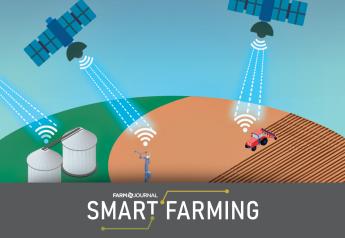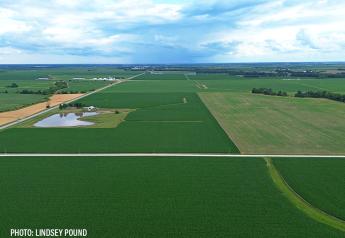RMI: Improvement in Rural Economy, But Progress Is Plodding

Earlier this week, Creighton University released its Rural Mainstreet Index (RMI) report which showed for the second straight month, the index grew slightly in growth neutral territory. This is the first time since 2015 there have been two consecutive months in this range.
The overall index for Colorado, Illinois, Iowa, Kansas, Minnesota, Missouri, Nebraska, North Dakota, South Dakota and Wyoming dipped slightly to 54.7 from a February reading of 54.8.
According to the index, 16.8 percent of grain farmers are expected to experience negative cash flow this year, mostly due to weak commodity prices weighing on the rural economy.
The RMI is a monthly survey of bank CEOs in rural areas of a 10-state region dependent on agriculture and/or energy.







